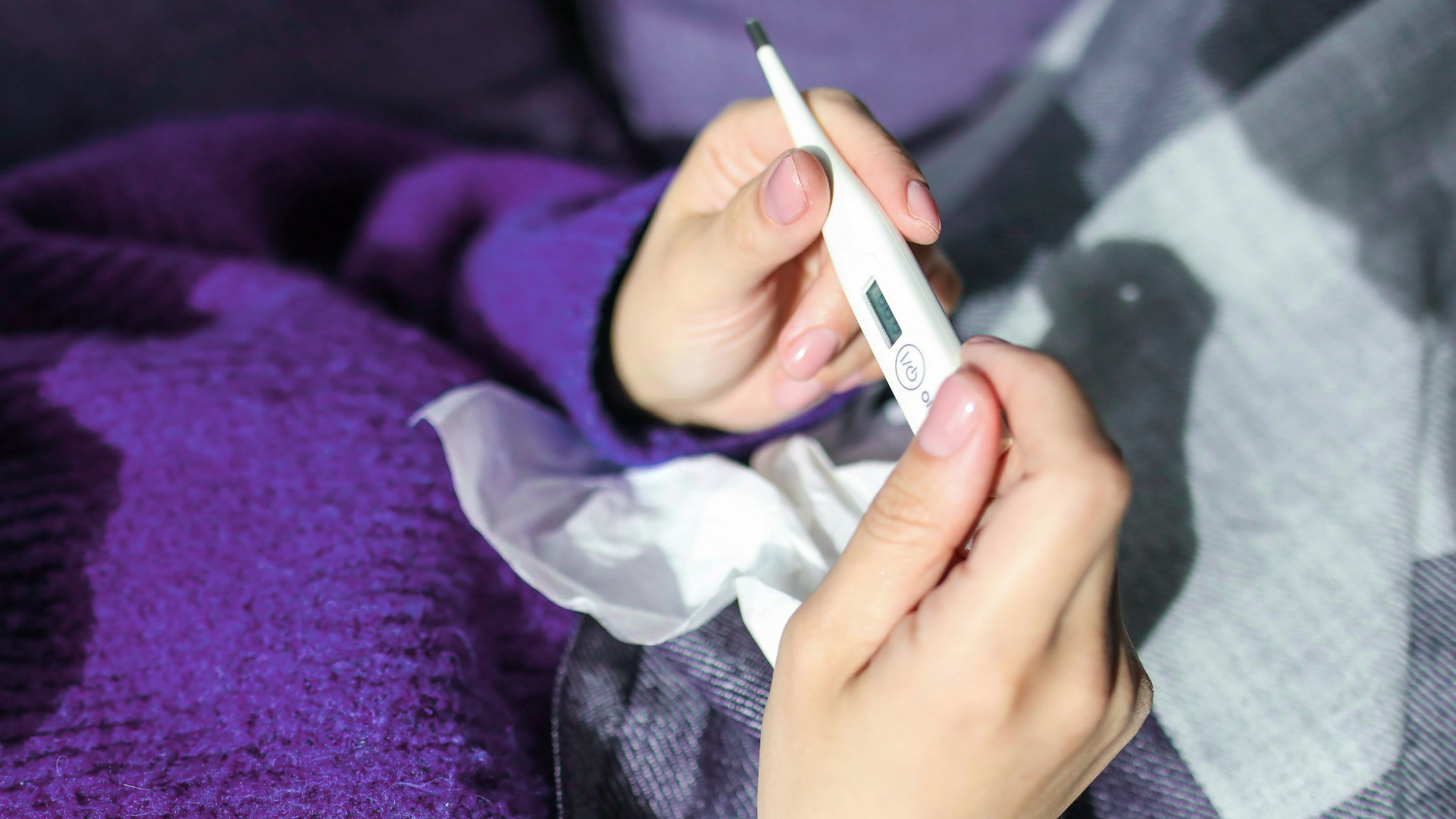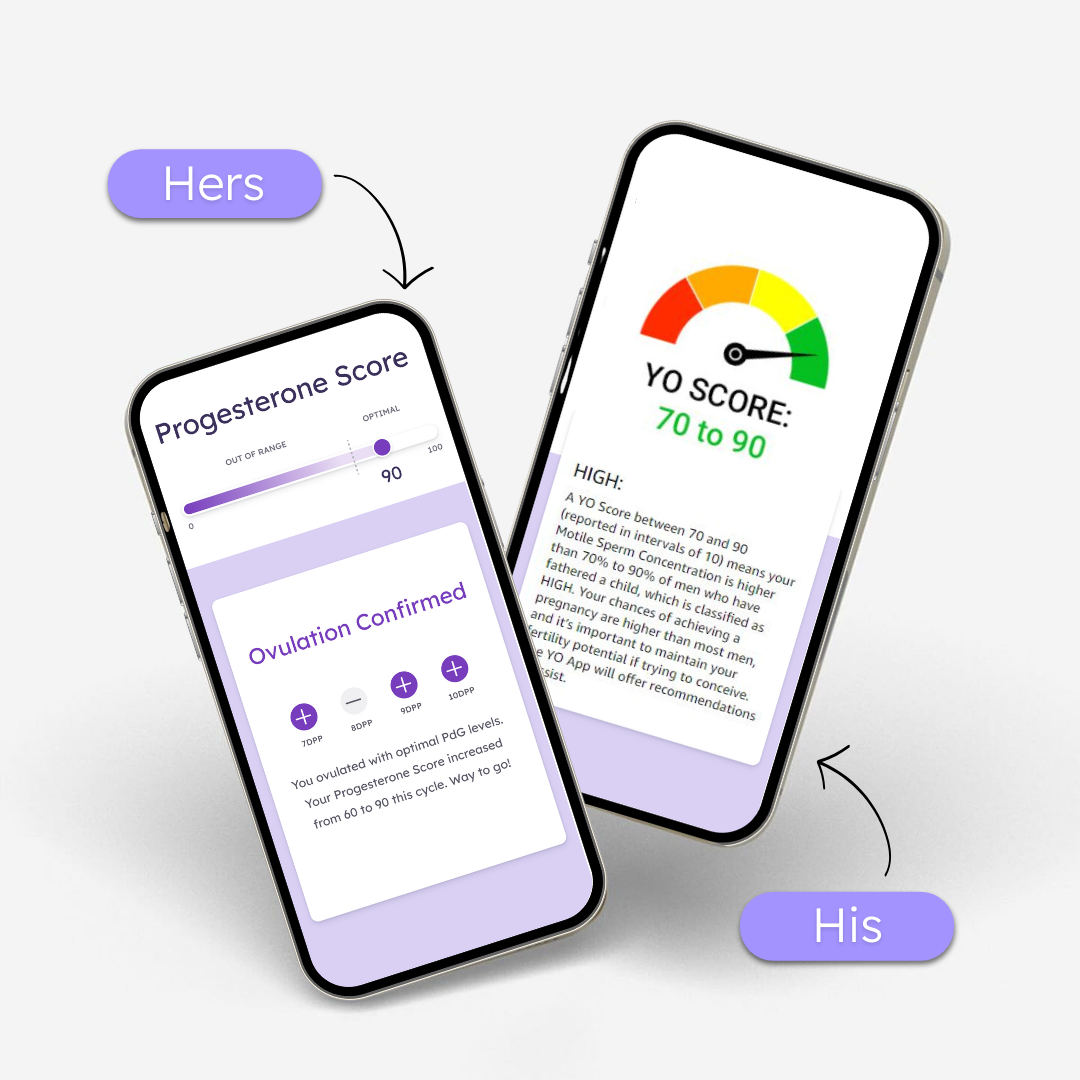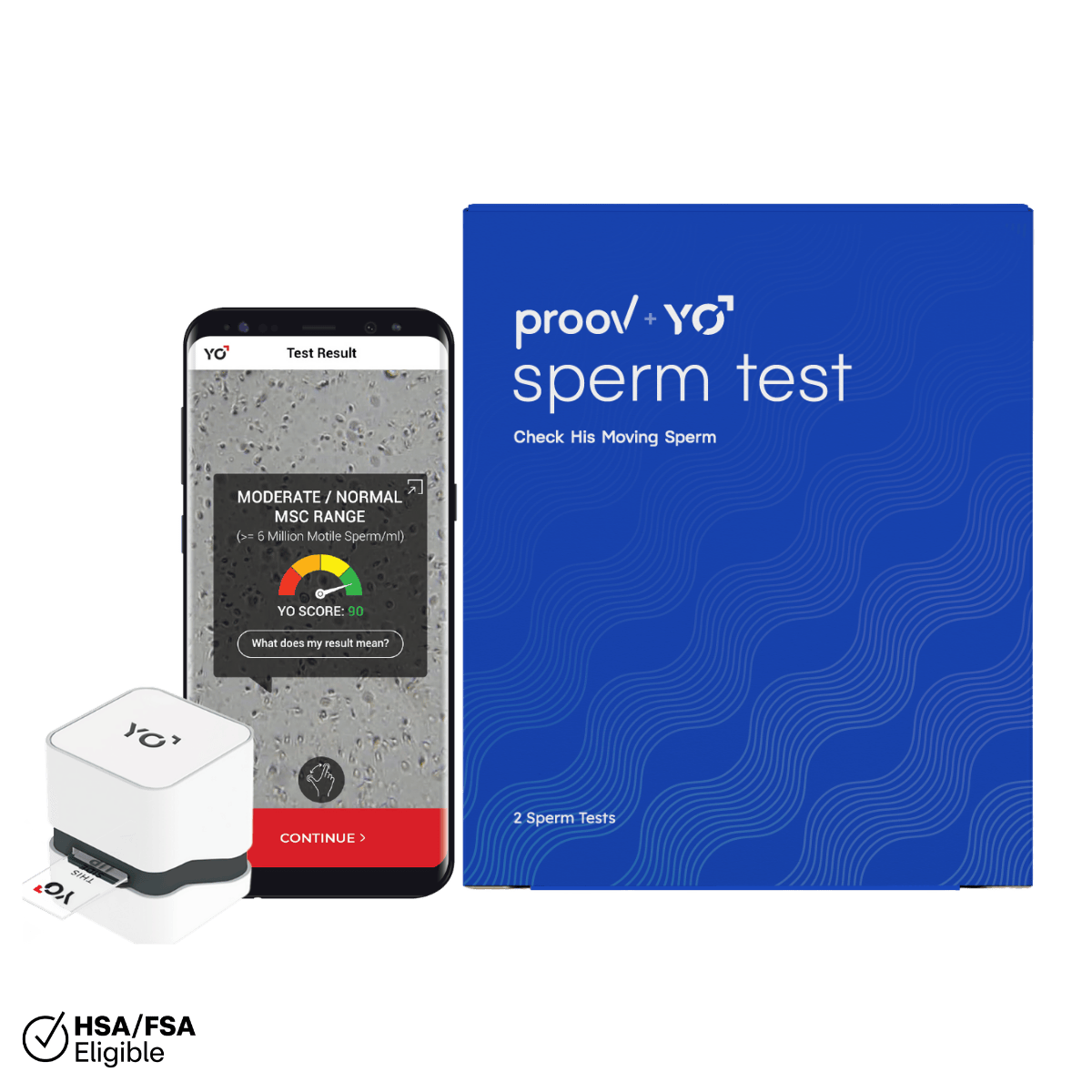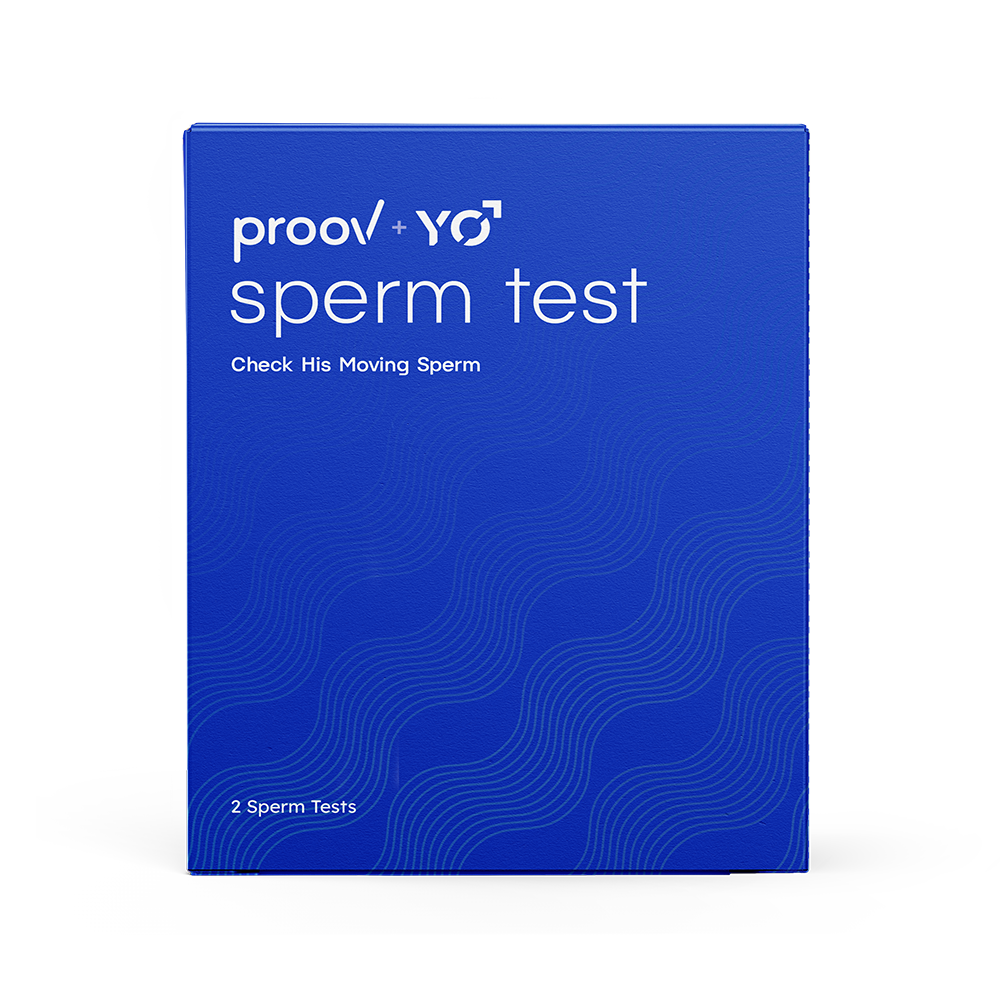If you’ve been in the fertility tracking/TTC world for a while, you probably know by now that there’s a LOT out there. Different products, methods, tests (oh my)...and it might be hard to keep them all straight.
Today, we’re going to talk in depth about one method in particular that you may have heard of, and that’s basal body temperature. Fun fact: Basal body temperature is one of the oldest methods of fertility tracking, dating back to the 1930s! And as the saying goes, if it ain’t broke, don’t fix it. Basal body temperature still works great today!
But what exactly is it, and how might it help you (or not)? Read on to learn more!
What is basal body temperature?
In short, your basal body temperature (abbreviated BBT) is just the natural temperature of your body at rest. Typically, the only time of day you’re going to get an accurate reading of this is when you’re truly at rest, that is, asleep or when you’ve just woken up and haven’t gotten out of bed yet.
Why would I track my basal body temperature?
Ok, so your resting temperature…that doesn’t sound that interesting. The useful thing about BBT, however, is that it increases in the second half of the menstrual cycle, when progesterone is released following ovulation. So if you’re tracking BBT, and ovulating, you should notice a rise in your BBT around the midpoint of your cycle (with a regular cycle length).
If you’re tracking along with another fertility method, especially one that can predict ovulation or find your entire fertile window (such as cervical mucus or urinary hormone testing), you’ll likely notice your BBT shift shortly after a positive ovulation test, or somewhere around your most fertile mucus.
How does tracking basal body temperature work?
So, with BBT tracking, you can get a sense of when ovulation has occurred and, based on your typical luteal phase length, when your period is coming (or when it’s time to take a pregnancy test). How exactly does this work, though?
There are two main ways to track basal body temperature: with a basal thermometer first thing every morning, or with a wearable such as Tempdrop overnight. Both work fine for most people, but there are some things to know if you’re using the thermometer (for a wearable device, just follow the instructions provided).
To get an accurate BBT reading, you need to take your temperature within an hour of the same time each day, and have the thermometer in your mouth for at least one minute (although longer is even better). You can also pre-warm the thermometer by sleeping with it or sticking it under your pillow for a few minutes before you take your temperature. If you aren’t getting stable temperature readings, you can try taking your temperature vaginally instead.
You also need to specifically use a basal thermometer, that has two readings past the decimal place, not a regular fever thermometer. There are also some slightly more high-tech or bluetooth thermometers or temperature-based fertility trackers too!
How do you interpret a BBT chart?

Once you’ve taken your temperature each day, you’ll record it on a chart or an app, and connect it with a line to your previous temperatures. When you find three temperatures higher than the six that came before, and the last one is at least 0.3 ºF higher than the “lows”, this “confirms ovulation.” Ovulation likely occurred between 36 hours before and 48 hours after the first high temperature.
If you’re trying to get pregnant, you’ll want to have intercourse every day or every few days while you’re waiting for the temperature rise, and at least one day after the temperature rise as well. If you’re trying to avoid pregnancy, make sure you’re following the rules of a specific fertility awareness-based method while using BBT tracking.
What are the advantages and disadvantages of tracking basal body temperature?
If you want to confirm that ovulation already occurred, BBT can be a handy tool in your fertility toolbox. It’s relatively inexpensive, well-studied, and a good double-check to help clarify other fertility signs like cervical mucus.
On the other hand, though, BBT is affected by things like illness, poor sleep, and alcohol consumption, and so may not always be reliable. It also doesn’t tell you when ovulation will happen, just that it’s already passed. Finally, it doesn’t actually confirm successful ovulation, or ovulation that results in enough progesterone to support a new pregnancy. For that, you need to test PdG, the urinary metabolite of progesterone, with Proov Confirm or Proov Complete.
So in conclusion, BBT is a tried-and-true way to track ovulation, but if you’re looking to time intercourse to conceive, you’ll still need a method to predict ovulation.
If you want to learn more about predicting ovulation, check out this article!
Or, if you want to learn about confirming successful ovulation, this article is for you.











